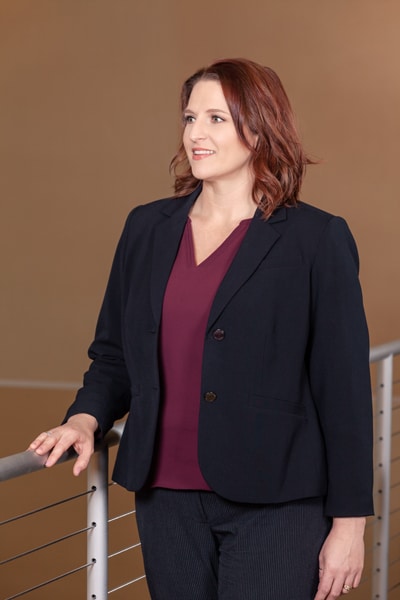Every single morning before heading to her office at California-based Sutter Health, Vice President of Ethics and Compliance Services and Chief Compliance Officer Ginger Chappell brushes her teeth.
It’s not a conscious decision for her to pick up her toothbrush and squeeze out her toothpaste. She does it without thinking. She does it because she knows she should. She does it because in the long run, she will benefit from it.
She wants others to think about compliance the way they think about brushing their teeth. It’s that simple.
“You know the value of what you are doing, and you reap the benefits of doing the right thing,” explains Chappell.

But as anyone in healthcare knows, compliance is anything but simple. Because while “doing the right thing” does come naturally to most, in the ever changing, complex healthcare landscape, it can be a slippery slope filled with gray areas.
“My philosophy in terms of ethics and compliance is that it’s everyone’s responsibility,” says Chappell. “It’s our mind-set here at Sutter Health. Ethics and compliance are layered into everything within our organization, and most importantly, it is a core component of our values.”
Sutter Health is one of the nation’s leading nonprofit healthcare networks, which includes award-winning physician organizations, acute care hospitals, surgery centers, medical research facilities, and specialty services. Every day, Chappell and her team work to integrate compliance into every function and activity at the company, rather than having it appear as something that is an add-on to everything else.
Gone are the days when a new employee comes in for a dry and boring training day to go through all of the laws and regulations when it comes to compliance.
“We started looking at everything differently,” says Chappell. “Especially with our new hires, we wanted it to be something that got people energized rather than overwhelmed.”
Compliance plays a part in every aspect of Sutter Health’s day-to-day business, from billing and coding to conflicts of interest to governmental compliance programs.
“My desire always was to work in the fraud, detection, and deterrence field,” Chappell says, who joined Sutter Health back in 2004 before settling into her current chief compliance role in 2014. “I always wanted to help others do the right thing and do that in the right way.”
Yet, teaching others about doing the right thing can be complicated. In fact, sometimes it can mean a complete shift in an individual’s mind-set. But Chappell feels that they are making headway.

“A good day is when people are reaching out and asking questions first,” she says. “There is nothing better than the days when we are being proactive, but the bad days are the days when we are more reactive.”
Of course, Chappell can’t do it on her own.
“So much of this comes down to teamwork,” says Chappell. “We need to demonstrate that we should help each other do the right thing.”
Chappell has seen the progress that her team’s message has made to Sutter Health’s sixty-eight thousand doctors, employees, and volunteers that care for Northern California, often through little actions.
“Many questions come through our confidential message line, and we will hear phrases that we have taught them like, ‘see something, say something,’” Chappell says. “Visibility is also important, and when I say visibility, I mean meaningful and engaging visibility of the ethics and compliance team.”
Chappell and her team also use gamification and scenario-based learning to get their point across.
“We put them into specific situations,” Chappell says. “Let’s say that an employee is pushing a patient in a wheelchair and you overhear them telling the patient that they have their own private practice physical therapy business that they should go to. If you overhear this, what do you do? Is this a conflict of interest? It’s all about breaking people out of the bystander role.”
Chappell has also increasingly been including Sutter Health’s leadership team in various videos, roundtables, and group discussions about compliance.
“It really resonates with our employees,” she says. “We refresh our training each and every year, especially when the laws are changing so much. When there are changes in the law or in regulations, we try our best to make the change as quickly as we can.”
This year, Chappell says she has a long to-do list.
This list includes creating more efficient processes, including tightening up manual processes and conducting more meaningful reviews, she says. The company is also in the beginning stages of exploring artificial intelligence for compliance purposes.
And while her job is a complicated one, it’s also filled with rewarding moments.
“We have a compliance campaign every October, and this year the theme was to be a Sutter Health superhero, complete with superhero capes,” she recalls. “I was walking by and I saw one of our employees wearing the cape, and he was so proud to be wearing it. At that moment, I knew we had made an impact. We were and are making a difference.”
With advanced technologies including predictive analytics, guided analysis, and machine learning, the MedeAnalytics enterprise analytics platform enables health systems to improve cost and quality in today’s healthcare economy. We empower healthcare providers to make smarter decisions with meaningful, actionable insights that drive clinical, operational, and financial improvements across the organization.

